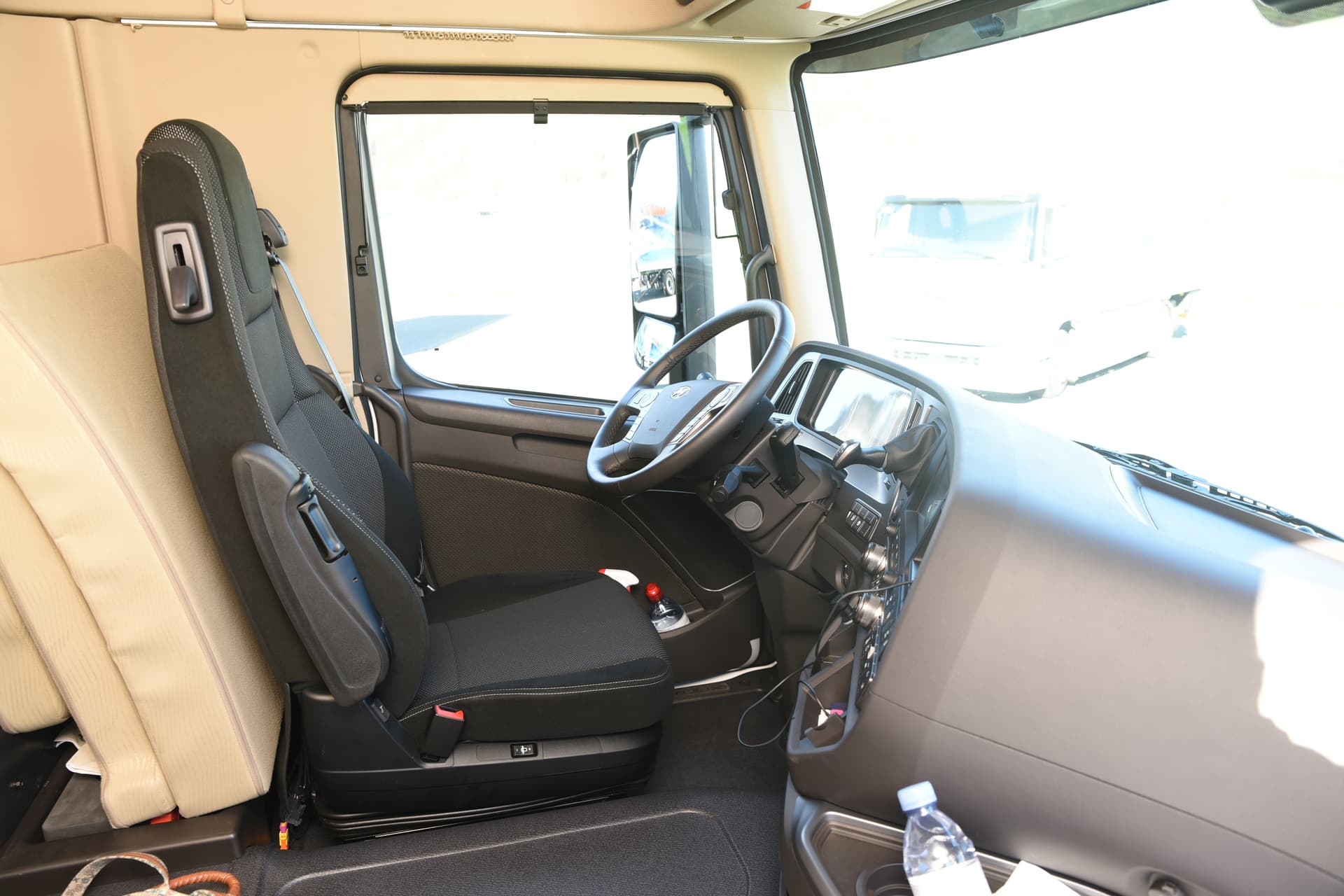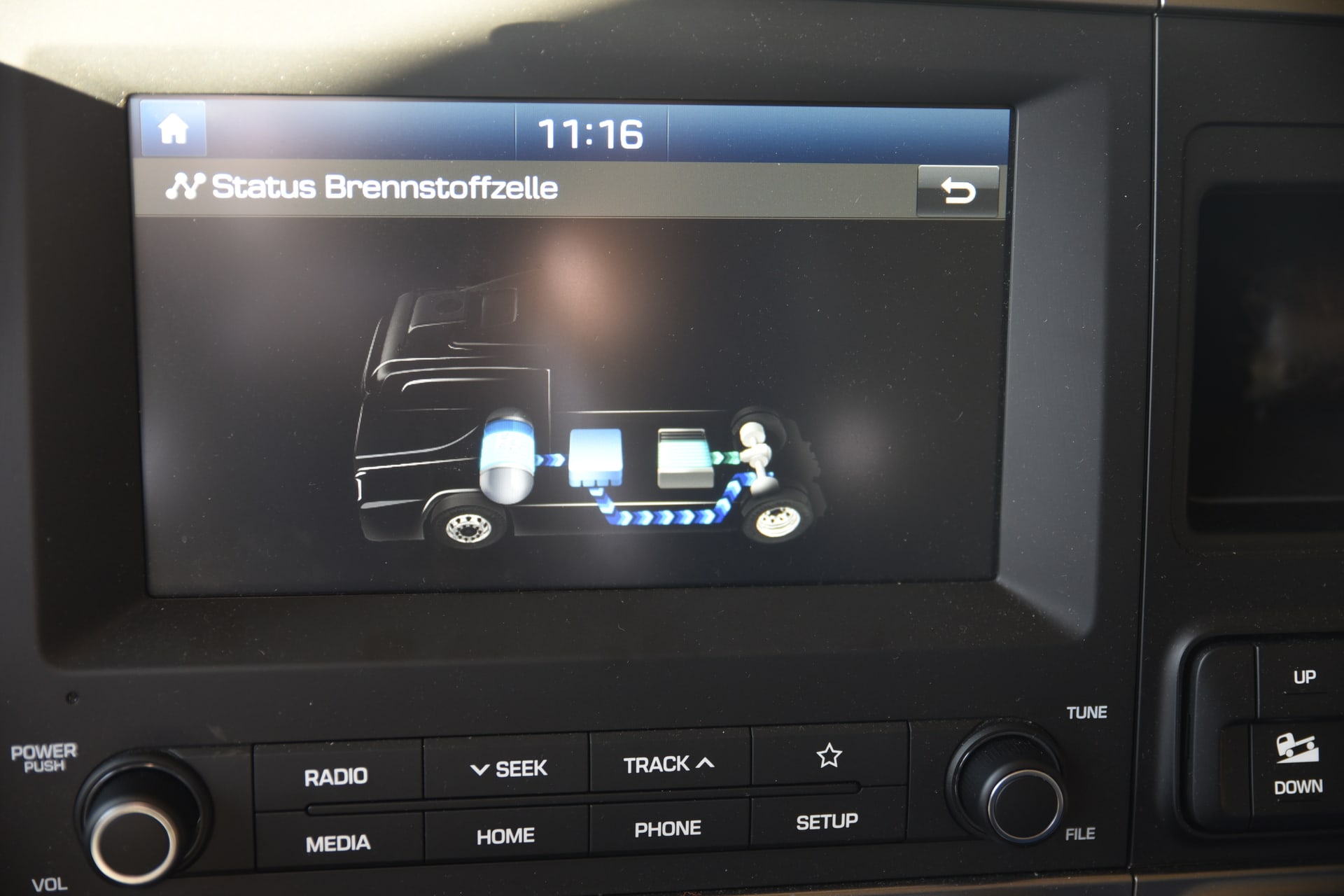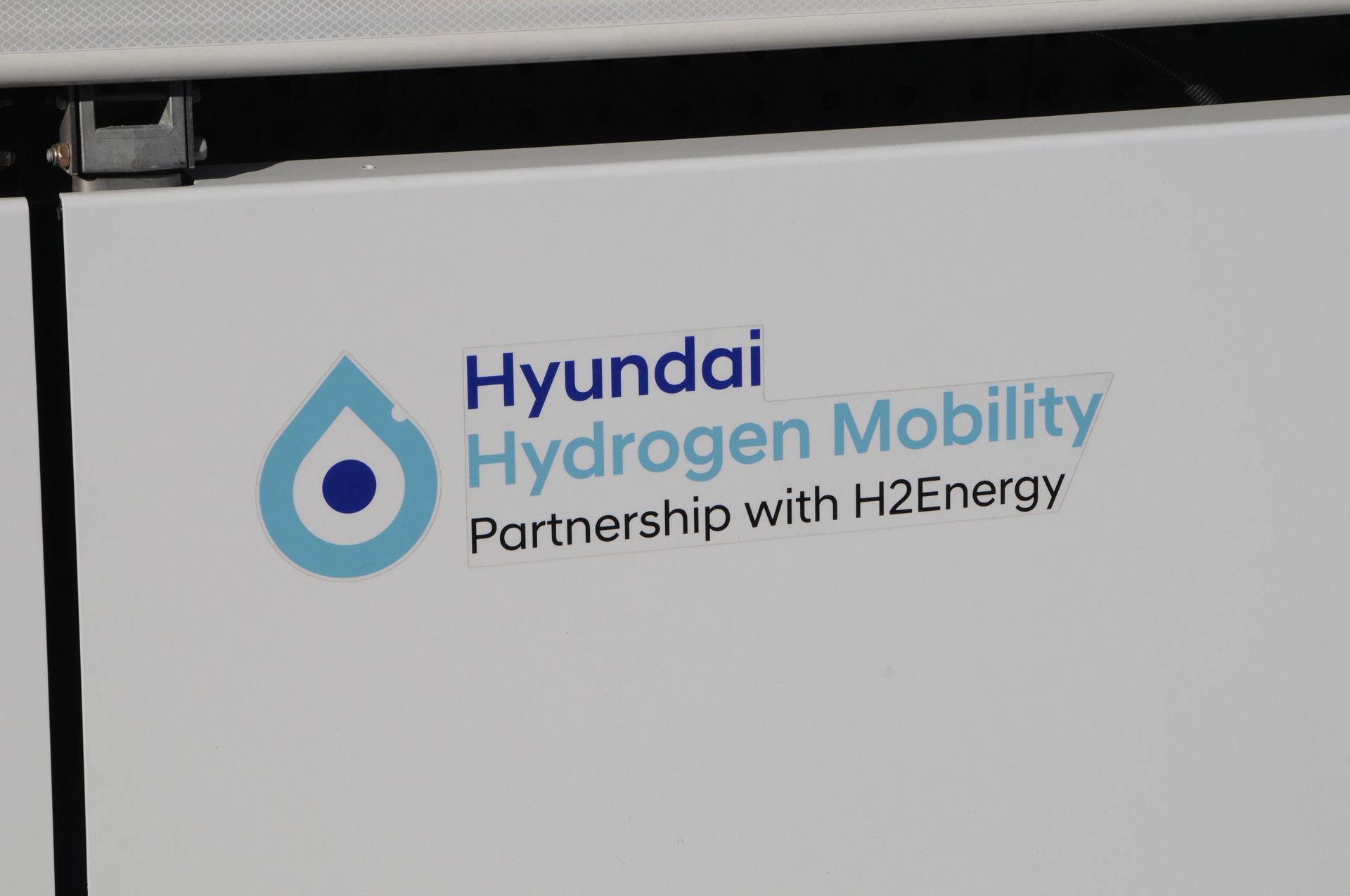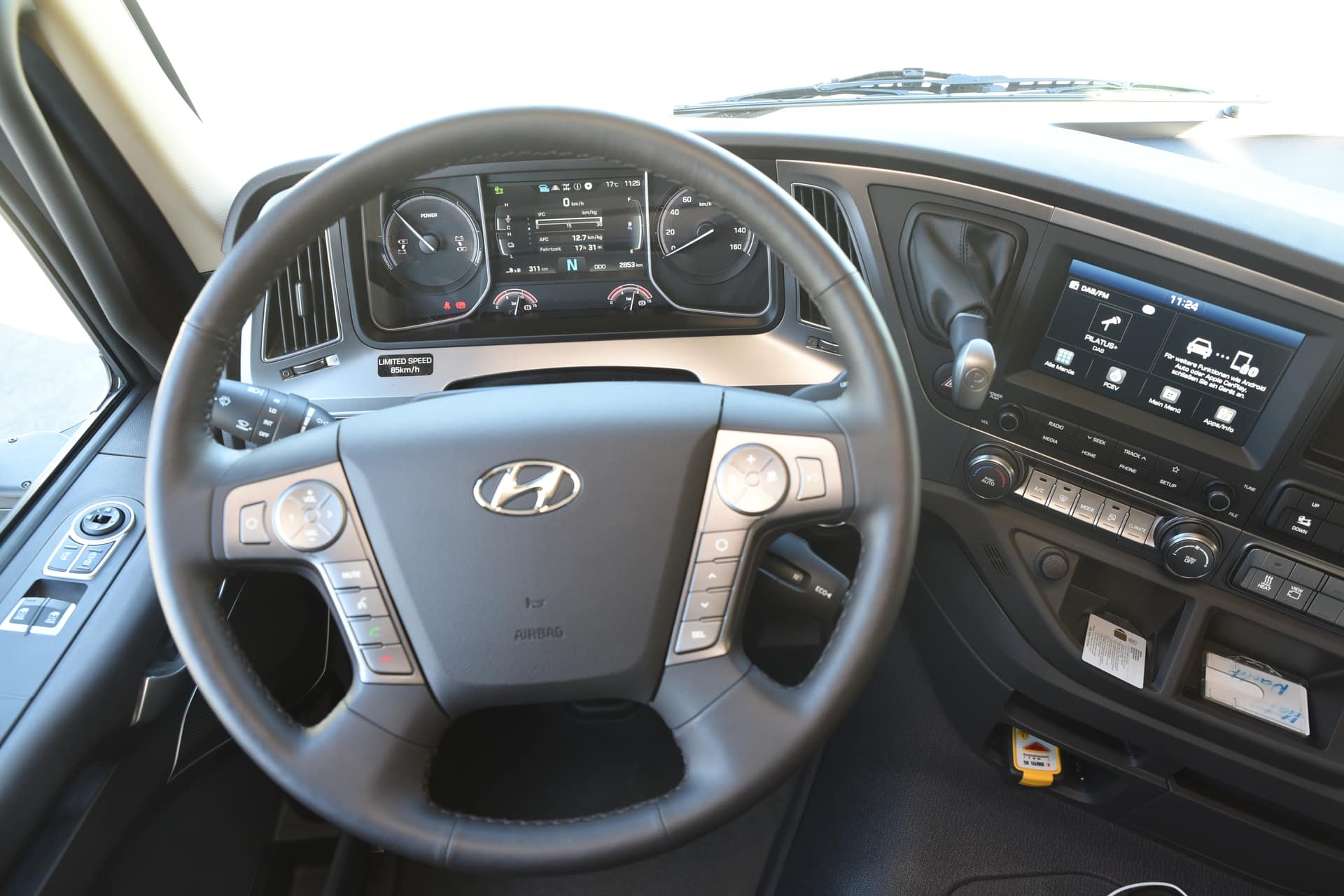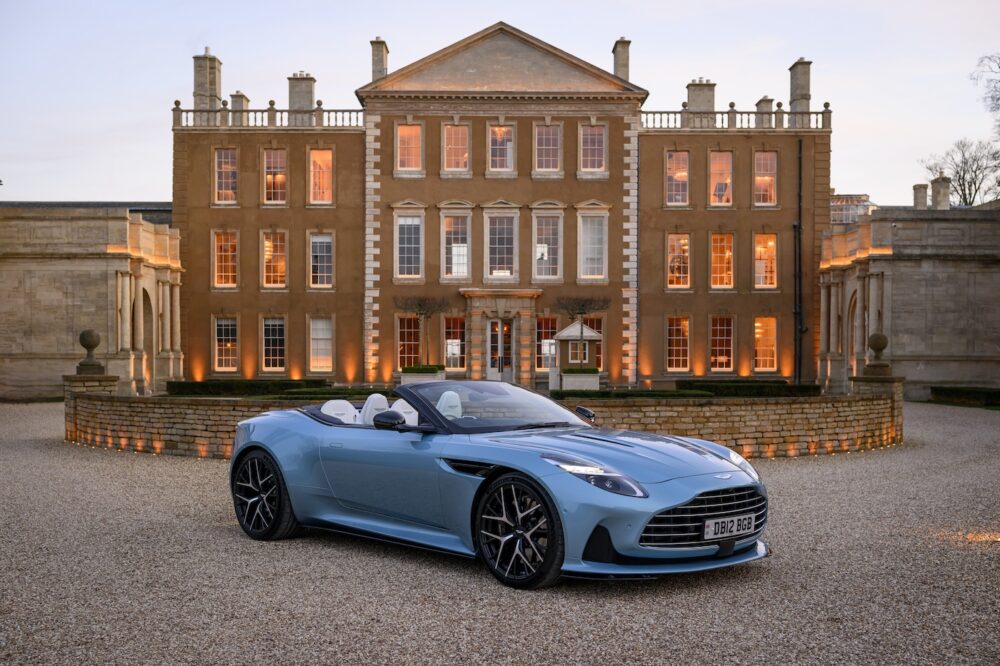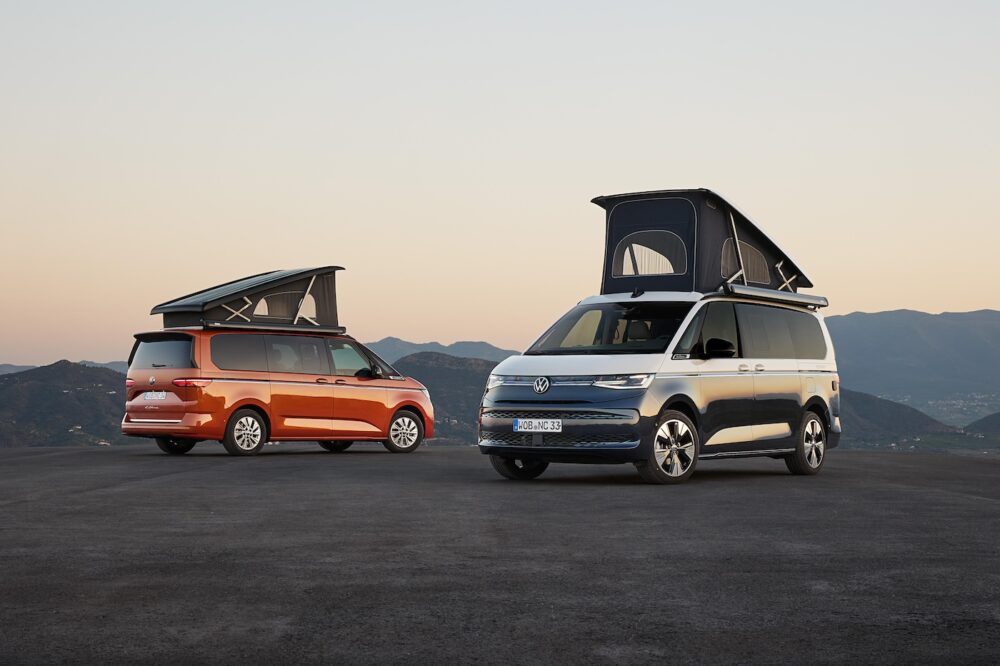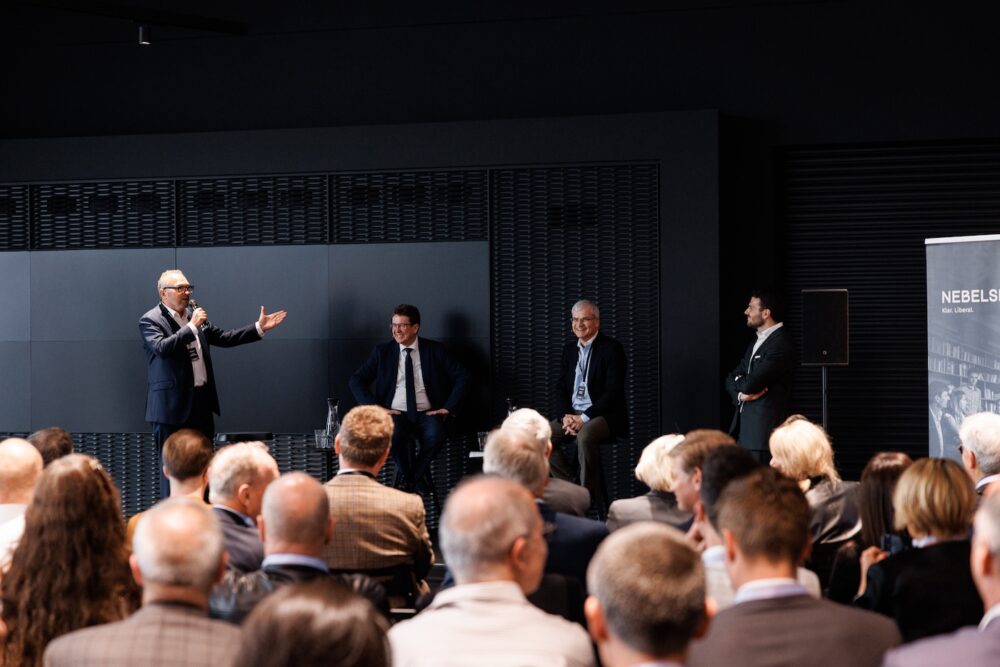Hyundai: Nadine Sigrist drives with hydrogen
ALTERNATIVE IN THE TEST For just over a month, ten heavy Hyundai trucks with environmentally friendly, sustainable hydrogen drive have been on the road in Switzerland. Three alone for the Migros cooperatives in Eastern Switzerland, Zurich and the Suhr distribution center. AutoSprintCH sat in the cockpit of Nadine Sigrist's truck to experience the sustainable drive technology in practice. First deliveries in Switzerland "We [...]
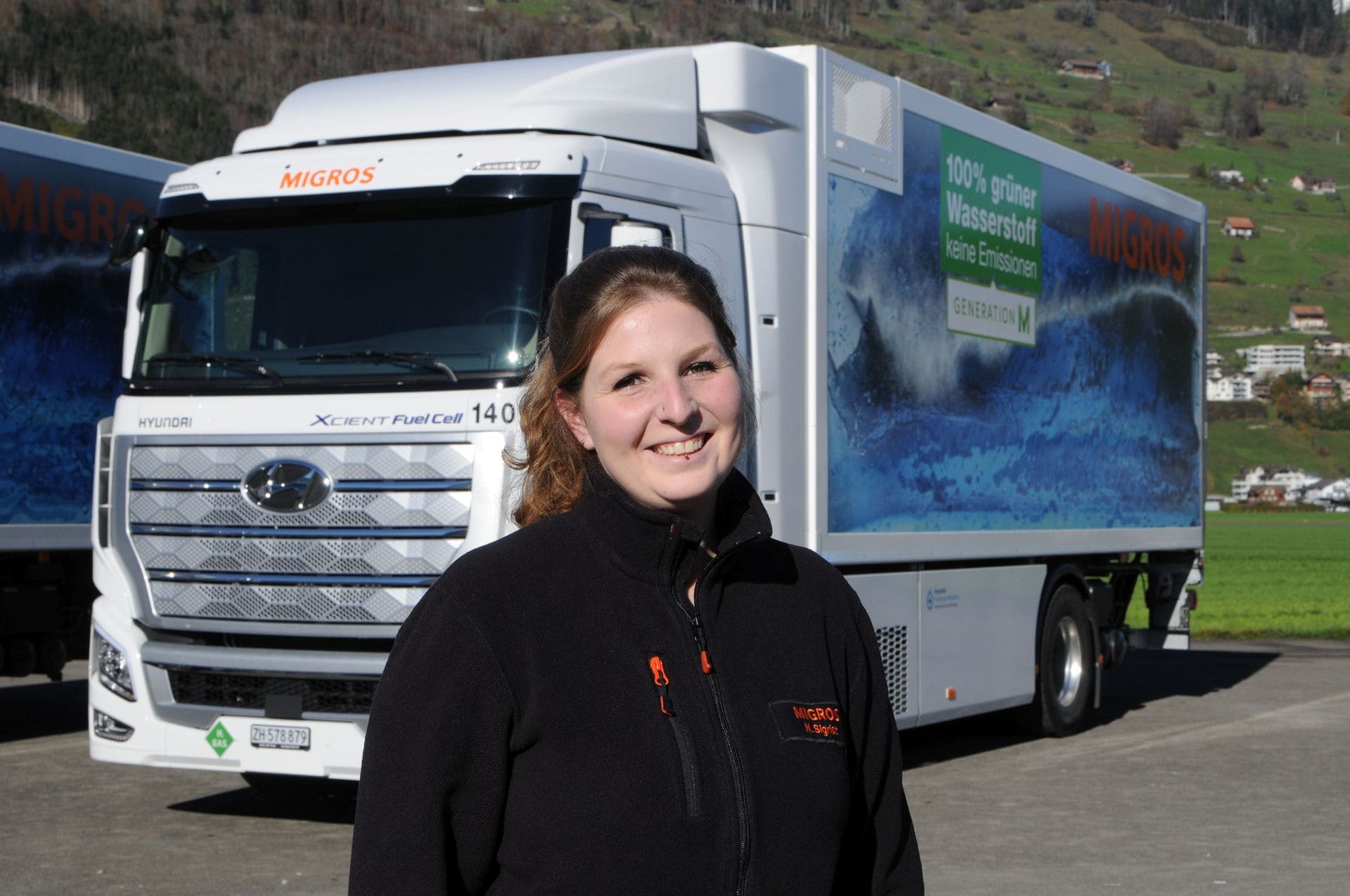
AutoSprintCH sat in the cockpit of Nadine Sigrist's truck to experience the sustainable drive technology in practice.
First deliveries in Switzerland
"We are beginning the decarbonization of road transportation today."
With these words, Mark Freymüller, CEO of Hyundai Hydrogen Mobility handed over the keys of ten fuel cell trucks to drivers or owners at the Museum of Transport in Lucerne in October.
The Hyundai Xcient Fuelcell was the world's first series-produced truck with this sustainable drive technology to be delivered to Swiss customers - including the Migros cooperatives in eastern Switzerland and Zurich and the Migros distribution company in Suhr.
Daily 275 emission-free kilometers
The 24-year-old chauffeur Nadine Sigrist from Schönenberg ZH gets up at 3.15 a.m. every day. At 4:45 a.m., her workday begins in Zurich Herdern, where her Hyundai is stationed.
In the morning, Nadine always drives the same route with fresh produce in the Zürisee region between Siebnen SZ and Wittikon. At midday, she loads non-food onto the trailer at the Neuendorf SO distribution center and refuels at the new hydrogen filling station in Zofingen on the way back to her distribution area.
Nadine Sigrist: "Refueling is similar to biogas. You put the hose on the nozzle on the vehicle and lock it with a lever. Refueling takes between ten and 15 minutes at the push of a button. On average, I cover around 275 emission-free kilometers a day."
Range anxiety is a thing of the past
That sounds good. I climb into the cab and get behind the wheel to see this future technology for myself.
The equipment is kept simple, the cockpit is clearly laid out, and the buttons and switches with the interior charm of a passenger car look familiar.
Put your foot on the brake, press the start button, set the automatic to "D", release the parking brake - and off you go!
The colossus starts moving almost silently and gently.
Starting up like a galloping buffalo
Nadine Sigrist: "It's very quiet. And the great torque when starting up allows me to keep up with the cars at the traffic lights when they switch to green."
I'd like to see whether that's true in action. With firm pressure on the gas pedal, the leisurely plodding cow instantly turns into a galloping buffalo. You'd think you were in a race truck.
My co-driver adds: "Otherwise, the Hyundai drives the same as a diesel vehicle. Basically, people are fascinated and curious. I've been photographed on the street several times and also asked how the technology works."
Fuel cell technology from the series
In the model delivered in Switzerland, Hyundai uses two revised fuel cell stacks from the Nexo passenger car. Individually, they each produce 95 kW, and in combination 190 kW.
A lithium-ion battery with 73.2 kWh capacity is added as a buffer for recuperation and to cover power peaks.
Torque of 3400 Nm and 350 kW
The electric motor from Siemens between the longitudinal members in the chassis has an output of 350 kW (476 hp) and a maximum torque of 3400 Nm. The power is transmitted to the axle via a 6-speed automatic transmission.
A total of seven tanks carry 34.5 kilograms of hydrogen, which guarantee a range of 400 kilometers even in winter when the vehicle is towed and cooled.







